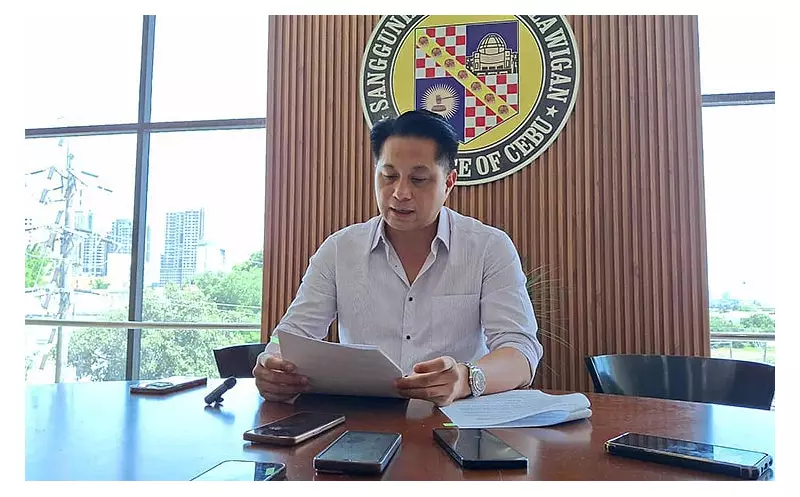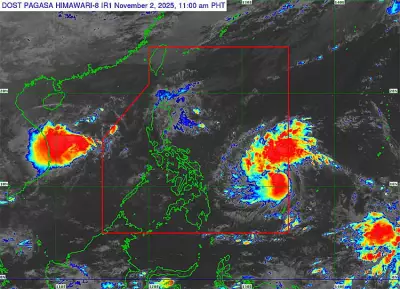
In a dramatic turn of events following the devastating earthquake that rocked parts of Cebu, forensic teams have taken the extraordinary step of exhuming victims' bodies for scientific examination. The scene at the Asturias public cemetery was both solemn and scientific as investigators worked to uncover the truth behind the tragic loss of life.
Unprecedented Forensic Measures
The SOCO (Scene of the Crime Operatives) team, typically associated with criminal investigations, has been deployed to conduct what officials are calling a necessary, though unusual, procedure. The exhumation aims to provide closure to families while gathering crucial data about the earthquake's impact on human safety.
Police Lieutenant Colonel Ramil Morpos, speaking on behalf of the investigative team, emphasized the importance of this procedure. "While this may seem unconventional, we must determine the exact circumstances surrounding these deaths. This information is vital for improving our disaster response protocols and building safety standards."
Community Reactions and Concerns
Local residents have expressed mixed emotions about the exhumations. While some families welcome the investigation as a means to obtain definitive answers, others have raised concerns about the cultural and emotional implications of disturbing final resting places.
One Asturias resident, who wished to remain anonymous, shared: "We understand the need for investigation, but it's painful to see our loved ones' graves being opened. We hope this process brings us closer to understanding what really happened."
Scientific Objectives of the Investigation
- Positive identification of all victims
- Determination of exact causes of death
- Analysis of building collapse patterns and their effects
- Collection of data for future disaster preparedness
- Documentation for potential structural safety improvements
Broader Implications for Disaster Management
This forensic approach represents a significant shift in how Philippine authorities handle natural disaster casualties. The data gathered from these examinations could potentially revolutionize building codes and emergency response strategies throughout earthquake-prone regions of the country.
Experts suggest that understanding the specific mechanisms of injury and death during earthquakes can lead to more effective evacuation procedures and structurally resilient buildings.
The investigation continues as teams work meticulously to balance scientific inquiry with respect for the deceased and their grieving families. The findings from this unprecedented procedure are expected to be released in the coming weeks, potentially setting new standards for disaster response investigations across the Philippines.





